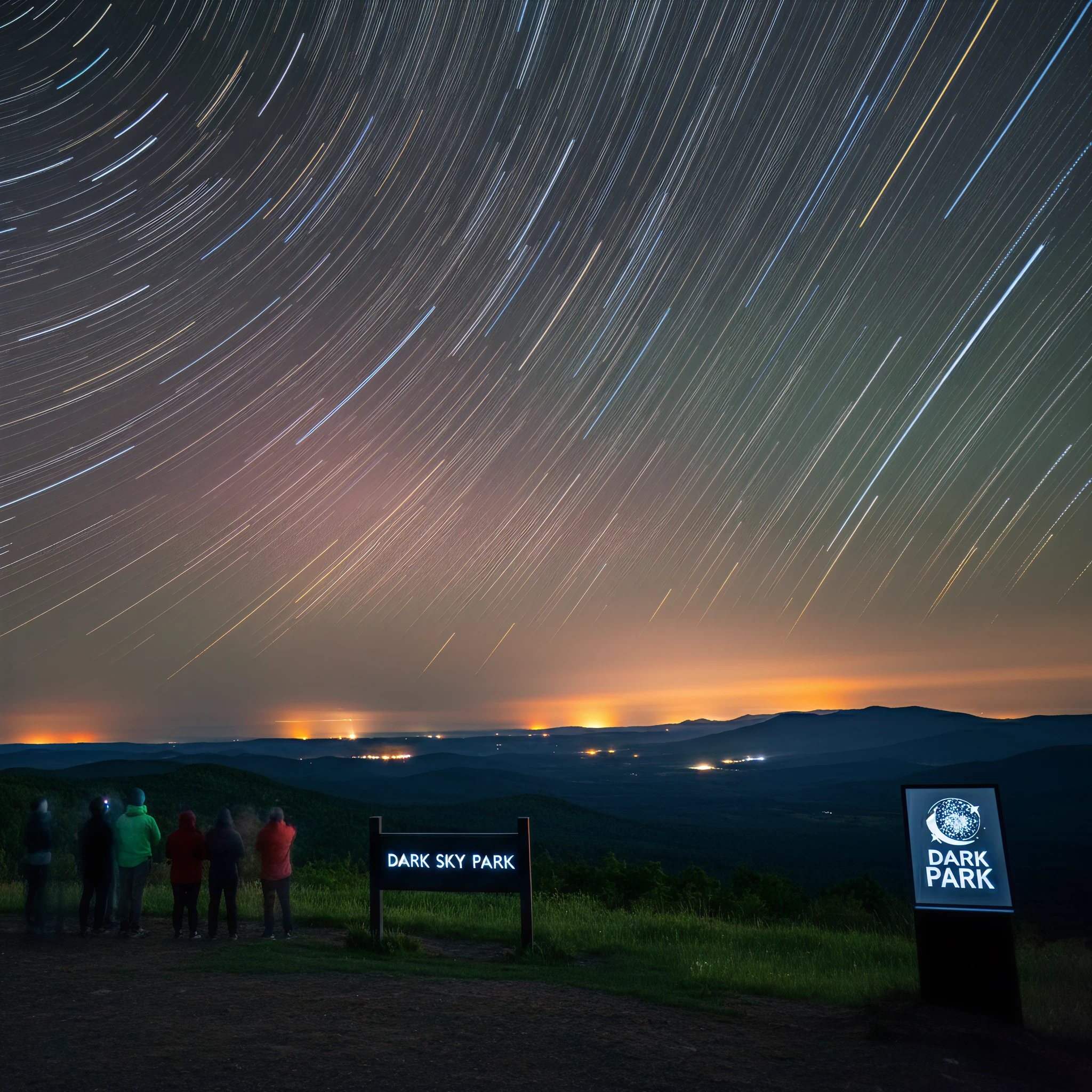Stargazers, mark your calendars! The Lyrid meteor shower is set to light up the skies in April 2025. Known for its stunning displays and swift meteors, the Lyrids have thrilled astronomy enthusiasts for centuries. If you’re planning to witness this celestial spectacle, this guide will cover the best viewing locations, tips for enjoying the show, and essential safety advice. Here’s how to make the most of this awe-inspiring event.
What Makes the Lyrid Meteor Shower Special in 2025?
The Lyrids, active each year from April 16 to April 25, reach their peak around April 22. The 2025 shower is forecasted to be particularly striking, with optimal viewing conditions as the Moon moves into a less bright phase, reducing interference. This means that under the right conditions, you could see as many as 15-20 meteors per hour slicing across the dark sky.
Best Locations to Watch the Lyrid Meteor Shower
To experience the Lyrids in all their glory, head to places with minimal light pollution and wide-open views of the night sky. Here are some ideal locations:
1. Dark Sky Parks
Designated Dark Sky Parks are some of the best spots to view meteor showers. These protected areas prioritize stargazing by reducing artificial light pollution. Key locations include:
- Cherry Springs State Park, Pennsylvania, USA.
- Jasper National Park, Alberta, Canada.
- NamibRand Nature Reserve, Namibia.
2. Rural and Remote Areas
If a Dark Sky Park isn’t nearby, rural areas far away from city lights are the next best option. Fields, open deserts, and countryside regions are fantastic alternatives for dark, expansive skies where meteors can be easily spotted.
3. High Elevation Points
Mountains and high-altitude terrains, free from atmospheric disturbances, offer spectacular views. If you’re up for an adventure, head to:
- The Colorado Rockies in the United States.
- Mount Cook in New Zealand.
- The Atlas Mountains in Morocco.
Tips for Optimal Meteor Viewing
To increase your chances of catching as many Lyrid meteors as possible, follow these tips:
1. Timing is Everything
The shower’s peak activity is expected in the early hours before dawn on April 22, 2025. Set your alarm for between midnight and 4 a.m. to maximize your chances of seeing meteors.
2. Minimize Light Pollution
Avoid artificial light whenever possible. If you’re in an area with some ambient light, consider shielding yourself with physical barriers or using red light flashlights, which preserve your night vision.
3. Gear Up
While you don’t need fancy equipment, a few tools can enhance the experience:
- A reclining lawn chair or blanket for comfortable viewing.
- A thermos with a warm drink to beat the chill at night.
- Binoculars (though meteors can be viewed easily with the naked eye).
4. Patience Pays Off
It may take your eyes 15-30 minutes to adjust to full darkness. Stick with it! Staring at one portion of the sky for a longer period often yields the best results.
5. Stargazing Apps
Use astronomy apps or star maps to locate the radiant point of the Lyrids, near the constellation Lyra the Harp.
What Are the Lyrids?
The Lyrid meteor shower is one of the oldest documented meteor showers, with records dating back over 2,700 years. It occurs when Earth passes through the debris trail of Comet Thatcher, a periodic comet that takes approximately 415 years to orbit the sun. The meteors are known for their bright, fast streaks, and some may leave behind persistent trails.
The radiant (the point from which the meteors appear to originate) is located near the brilliant star Vega, part of the Lyra constellation. However, meteors can be seen streaking across all parts of the sky.
Safety Advice for Stargazing
While enjoying the Lyrid meteor shower, it’s important to stay safe:
- Dress Warmly: Nights in April can be chilly. Layers, hats, and gloves are a must for prolonged outdoor stargazing sessions.
- Bring Essentials: Pack flashlights with red filters, a first-aid kit, and plenty of water (especially if heading to remote areas).
- Check Weather Conditions: Avoid locations with overcast skies. Clear weather apps can help you find the best spots for viewing.
- Be Mindful of Wildlife: If you’re heading into rural or protected areas, stay aware of your environment and avoid leaving litter behind.
- Travel Safely: If your viewing site is in a remote area, ensure your vehicle is in good condition and carry a map or GPS for navigation.
Get Outside and Look Up!
The Lyrid meteor shower in April 2025 promises to be a celestial event worth watching, offering a chance to connect with the night sky and build memories. Whether you’re a seasoned astronomer or a first-time stargazer, the Lyrids offer a mesmerizing glimpse into the cosmos.
Prepare your gear, choose a dark sky location, and set your alarms. Don’t miss out on this extraordinary opportunity to witness the magic of the Lyrids!
For more stargazing tips and updates on your favorite celestial events, subscribe to our newsletter and never miss an astronomical moment.








